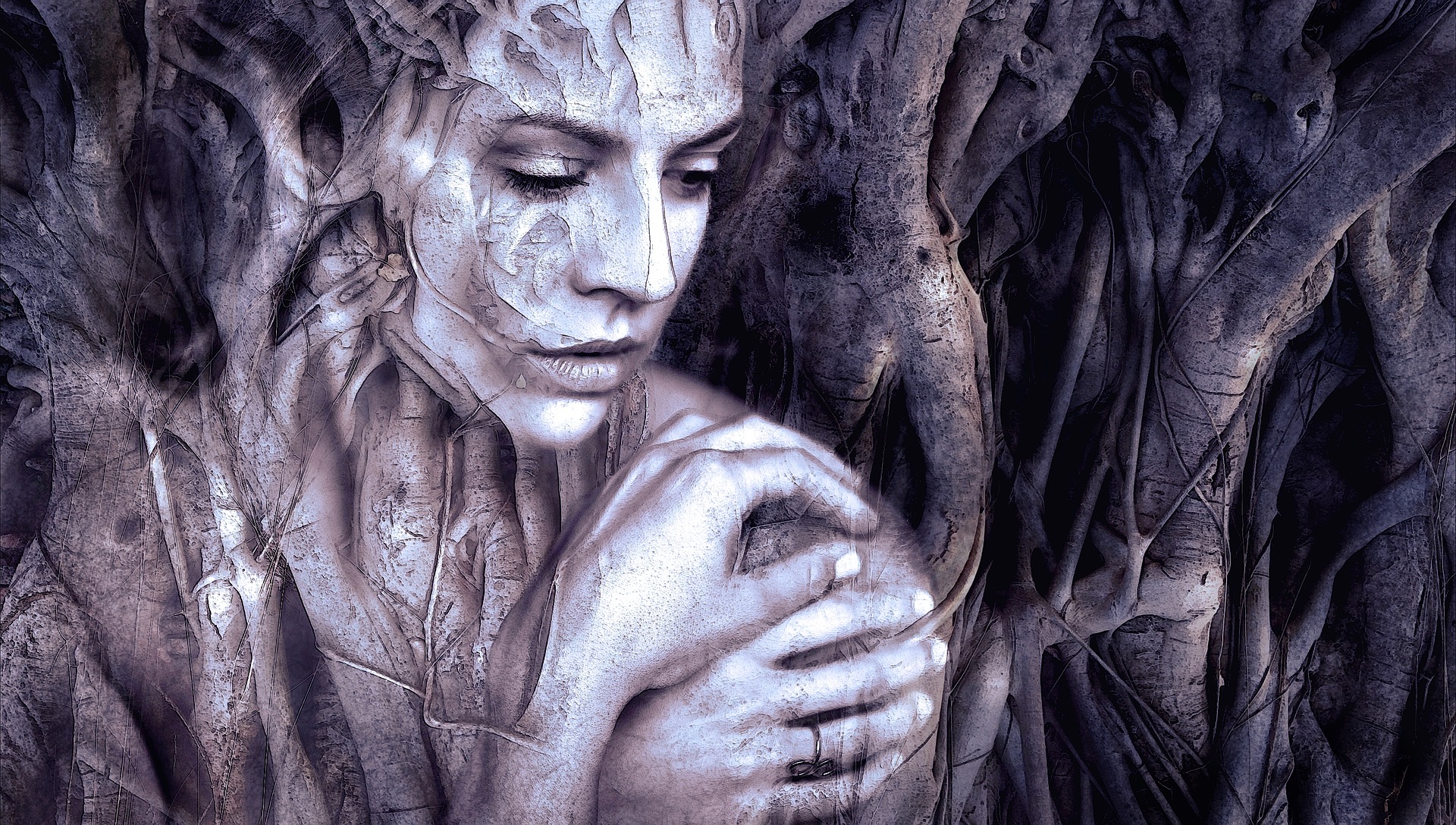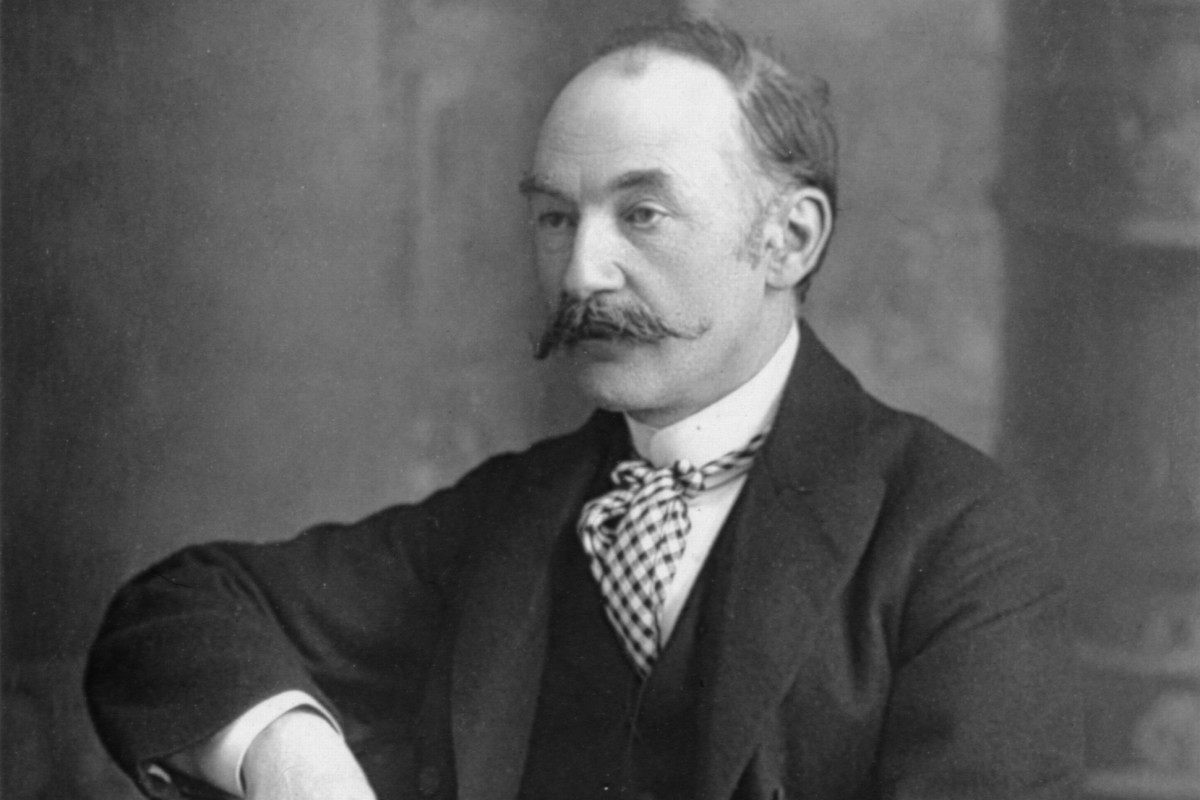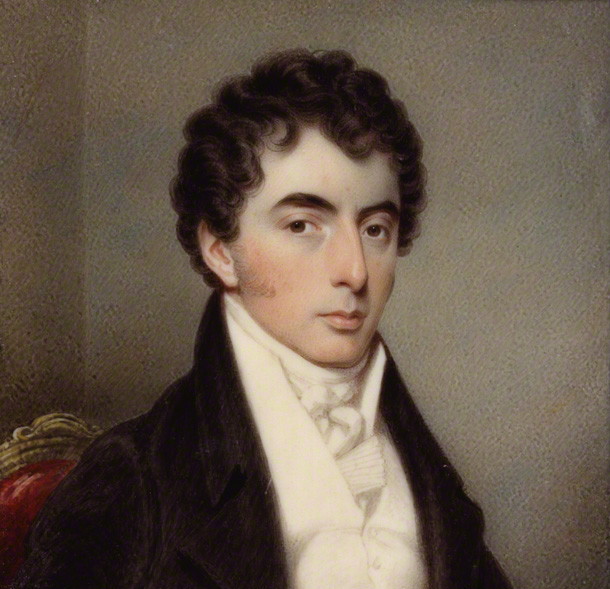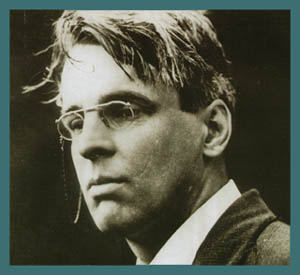Dylan Marlias Thomas, the greatest of the poets of Wales was born on 27th October 1914. He found out early that he hated academics, although he regretted it later. Dylan’s early verse style tended to unobscurity and exaggerated metaphor though he was a poet of villa and family. Dylan often set his listeners alive by his voice of elation and anguish ringing over their heads. In his own time Dylan was a myth and a legend who mesmerized large audiences through his poetry, his B.B.C. broadcasts and his recitations of his own poetry during his various lecture tours of the U.S.A. He came to be regarded as the greatest lyric poet of his age.
About the poem –The poem was written in 1945 and published in the volume of poems entitled Deaths and Entrances, 1946. The lyric is remarkable for its almost classical simplicity and austerity. It has been regarded as the poetic manifesto of the poet, an account of his artistic methods. It is a bare poem about poet, poetry, and audience. It is a lyric of direct statement and can be understood even by the uninitiated.
However, its bareness is deceptive. The difficulties begin with the very first line with “craft or sullen art.” Does ‘or’ imply the identity of craft and art or a distinction between them? Certainly a craftsman, Thomas at his best, was certainly an artist. In ‘On Poetry’ he makes a distinction between the ‘intricate craft’ which may approximate accidental magic and art itself. Preserving a distinction ‘or’ also implies a connection. But what of ‘sullen’? This fine word has a number of meanings. Gloomy, morose, peevish, and ill-humored, the meanings that come readily to mind, are secondary. The primary meaning is ‘lonely’, ‘solitary’, ‘unsociable’, ‘unique’. It also means ‘un-rewarding’. Thomas’ ‘sullen art’, crowded with these meanings, is lonely and austere from his point of view, and since this is a poem of artist and today’s audience, unsociable, and may be morose in the eyes of that audience. It is also un-rewarding in a worldly sense.
The craftsman pursued his art under Yeats’ ‘raging moon’, symbol of imagination and inspiration here, while lovers sleep. Lover’s, for whom he labours, seem lovers of women and life – common men, the ‘common wages’ of whose hearts are commonly no payment at all. ‘Their most secret heart’ implies depth, unawareness and like Yeats’ ‘secret rose’ , a multitude of remote and hidden privacies. The ‘griefs in their arms’, not only women, are the trouble of life – ‘the griefs of the ages’.
By the ‘singing light’ of the moon that directs the tide, Dylan, the lonely craftsman, labours without hope of fame or money. He dismisses ‘strut’ or the public pretensions of poets and the ‘trade of charms’ or poetry as business, the exchanging of magic spells for cash. ‘Ivory stages’ is synthesis of the private and the public, of ivory tower and theatre. These are stages for showing off where privacies of ivory towers become public shows.
The poet devotes his craft to the spindrift pages, of modest, impermanent art, “the proud men apart” from the raging moon has a Yeatsian sound. Such proud men, account executives or brokers may be, are not his audience, for apart from the moon’s pull, they are indifferent to spindrift and singing tide. Thomas also excludes the dead – ‘even the towering dead’ of poetry: Milton, translating psalms in his high, lonely tower and Yeats in his, or tower less Keats among his nightingales. But the grieving lovers, for whom the poet writes, heedless of his craft or art, do not praise or pray. They do not care at all for his poetry. Hence, we are forced to conclude that the poem must write for his own inner satisfaction, and not any reward in the form of money or name and fame.
However it may be, one thing is certain. Dylan’s own life contradicts the high sentiments expressed in this admirable lyric. He wanted high wages, wrote for money, and strutted frequently on the public stages. He loved to be lionized and has repeatedly said in his letters, as also in his poetry, that poets should be adequately paid, that it would be folly to write except for money, they must sell what they write to the highest bidder.
The lyric has a rich texture and there are echoes of a number of earlier as well as contemporary poets. However, it is W.B. Yeats of whom we are the most of all D.R. Howard has suggested that the poem is intended as an answer to Yeats’ Sailing to Byzantium. In that poem, Yeats divorces himself from “the young in one another’s arms” in order to pursue “monuments of unaging intellect ,” the possibility of permanence in a world of flux . Thomas on the other hand takes lovers as central to his art, and the phrase ‘sullen art” may be a reply to Yeats’s demand that “soul clap its hands and sing”. ‘The suggestion’, says Clark Emery “has much merit.” Nothing could be of more alien to Thomas’s spirit than to deny the flesh, love, and lovers for a mechanical singing bird. Nothing more arouses his interest than “those dying generations” which were the objects of Yeats’s irony. And his sympathy is never with Carlylean heroes past and present, but with “the scorned – the rejected.” Keats forlorn, or Sweeney beset, among the nightingales, is to his taste as Agamemnon, or to take a trio of poets of a certain towering aloofness – Milton, Eliot, Yeats could never be, however much he respected their greatness. The parallel between Keats and Thomas is also close. Both were precocious young men; both extraordinarily sensuous; both outsiders – the one Cockney, the other Welsh; both were sensitive about their intellectual deficiencies; neither was, therefore, ever free from an uneasiness – Keats in the company of Wordsworth or Shelley, Thomas, with Eliot and his compeers; each felling-off of his powers; each could therefore speak without a false humility of having ‘writ in water’. Keats, more burningly ambitious than Thomas, made his effort, with Hyperion, to join the immortals. He knew he had failed. Thomas, perhaps more self-aware, tried neither the epic nor the tragic vein. He did not hope for the intellectual aristocracy in his audience and was distinctly uncomfortable when their representatives appeared. His aim was lower.
It is a short lyric in two stanzas, with well marked rhymes which impart an air of finality and assurance to the lyric. The syllabic count is almost regular. The basic pattern in each stanza is a series of seven syllabic lines broken only in line fourteen. The final line of each stanza has only 6 syllables. The poem is practically devoid of imagery and decoration, but it is has epigrammatic terseness and its texture is rich, as already pointed out above, with verbal echoes from a number of poets.
Dear Readers- If this summary/analysis has helped you, kindly take a little effort to like or +1 this post or both. Make sure you like Beamingnotes Facebook page and subscribe to our newsletter so that we can keep in touch. We’ll keep informing you about stuffs that are really interesting, worth knowing and adds importance to you.
Some online learning platforms provide certifications, while others are designed to simply grow your skills in your personal and professional life. Including Masterclass and Coursera, here are our recommendations for the best online learning platforms you can sign up for today.
The 7 Best Online Learning Platforms of 2022
- Best Overall: Coursera
- Best for Niche Topics: Udemy
- Best for Creative Fields: Skillshare
- Best for Celebrity Lessons: MasterClass
- Best for STEM: EdX
- Best for Career Building: Udacity
- Best for Data Learning: Pluralsight















thank you. i became clear after reading your explanation and related connotation mingled with your personal thinking and comprehension.